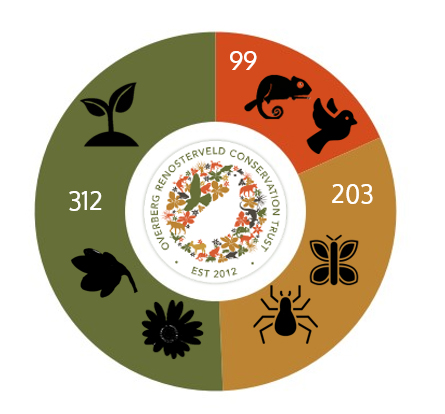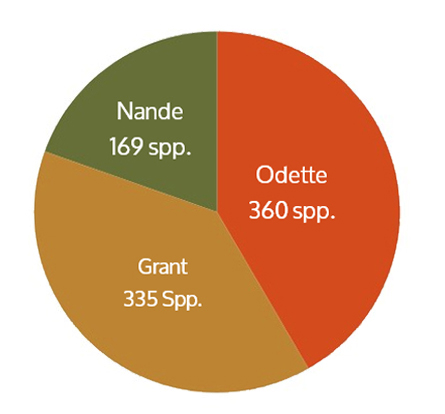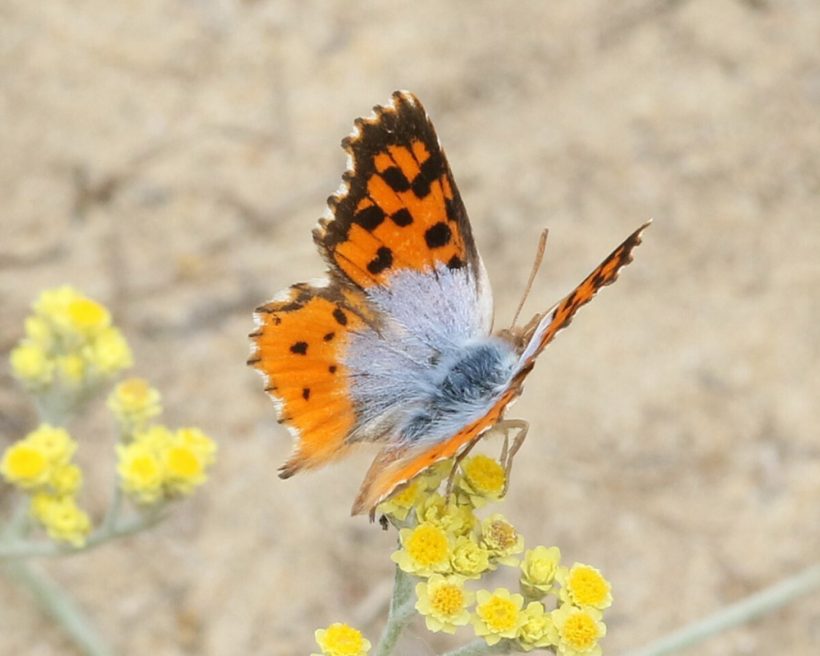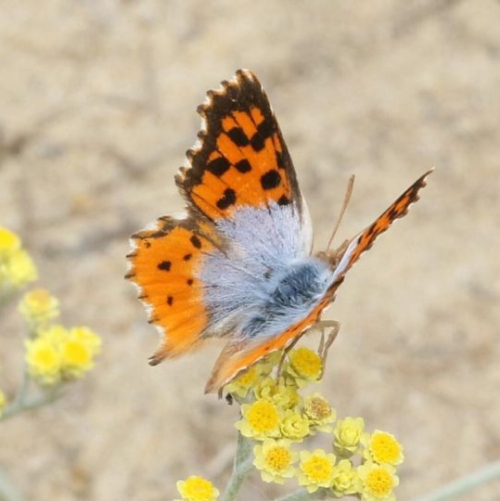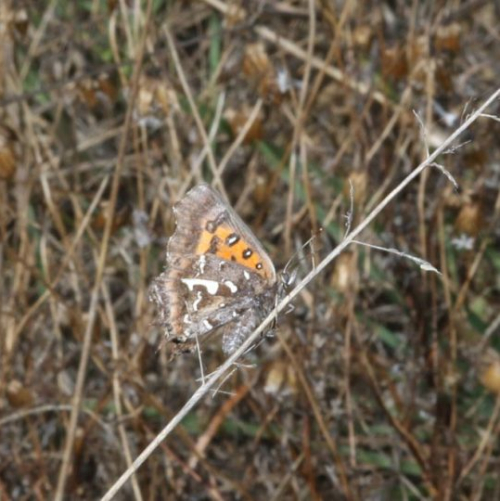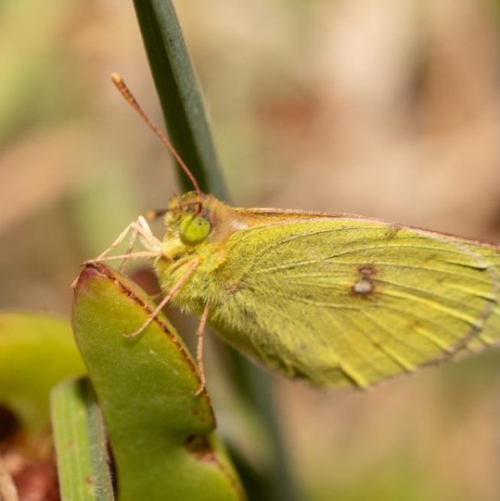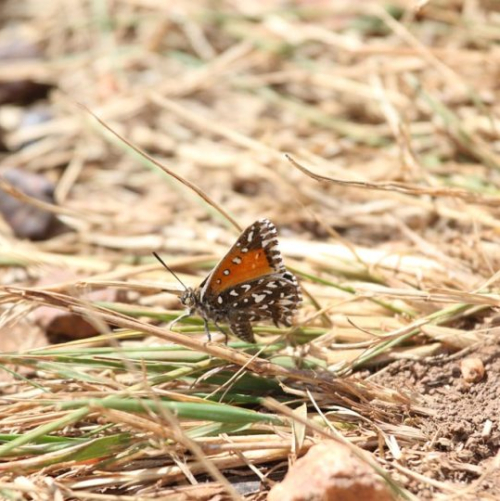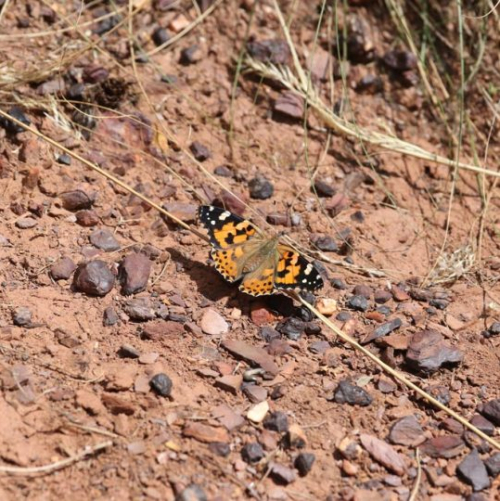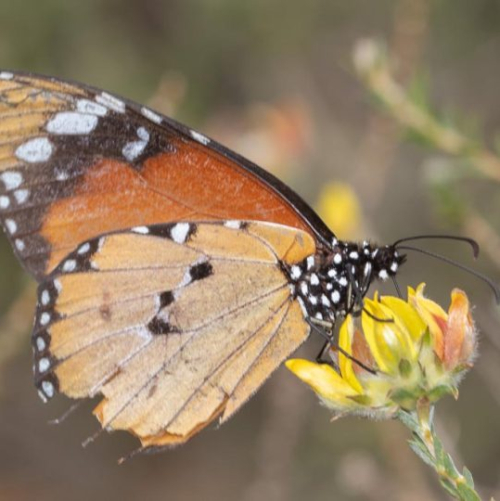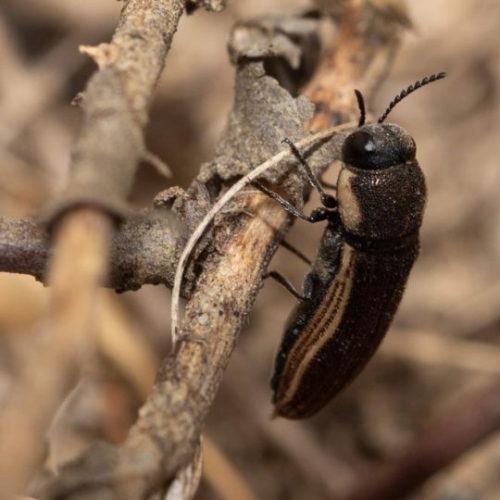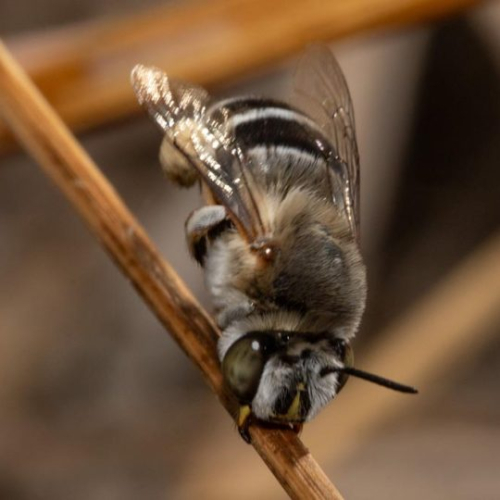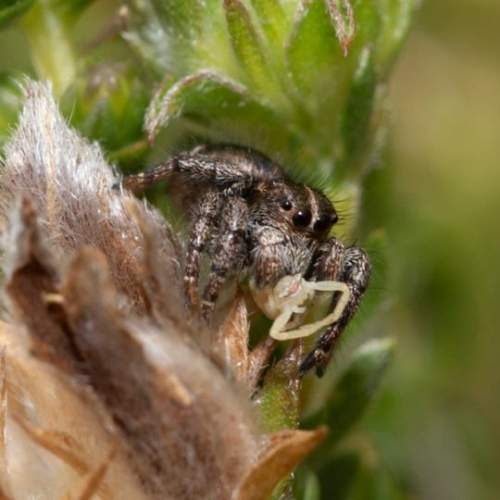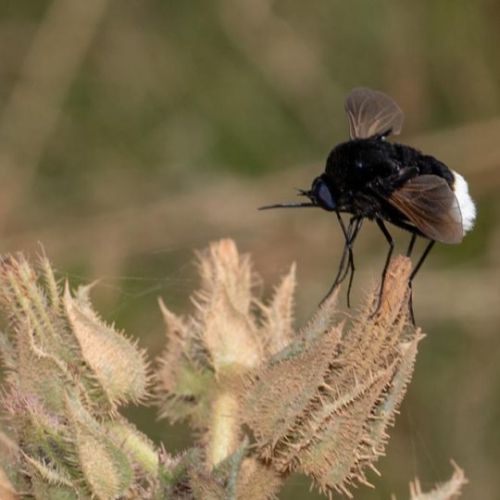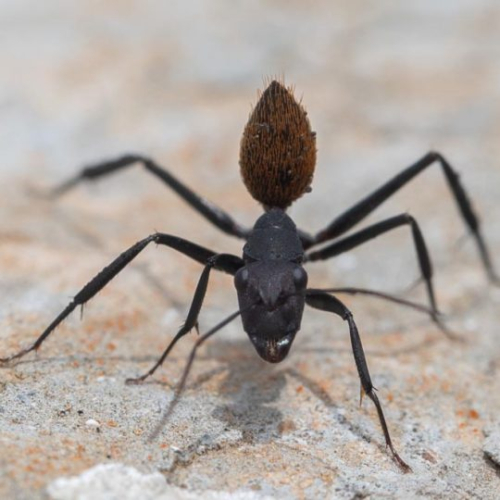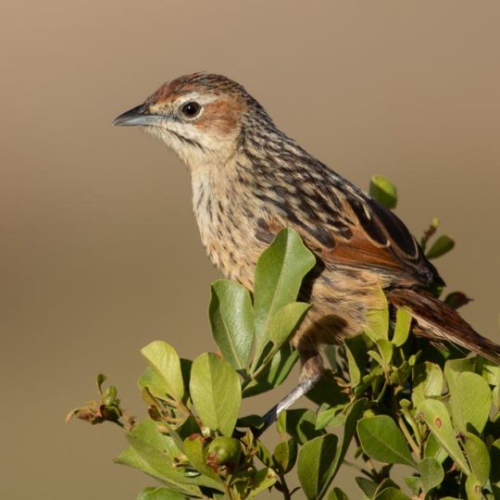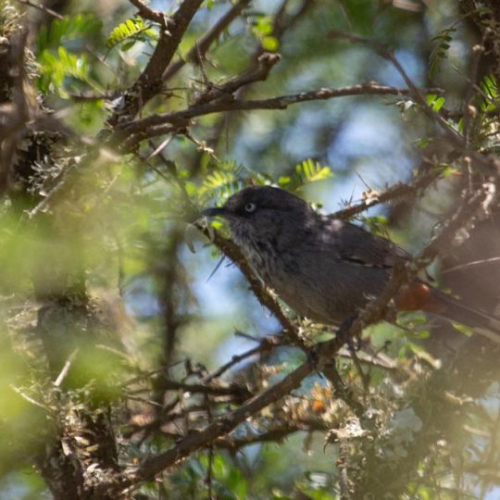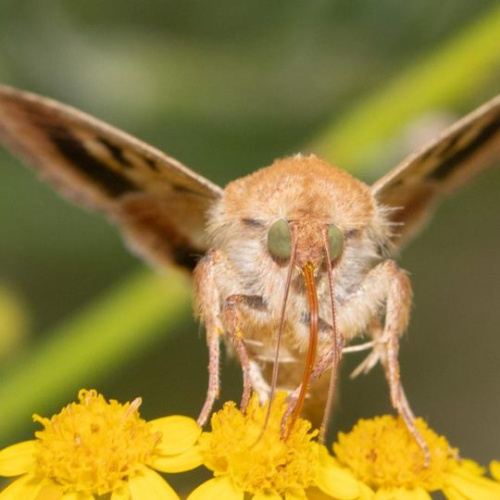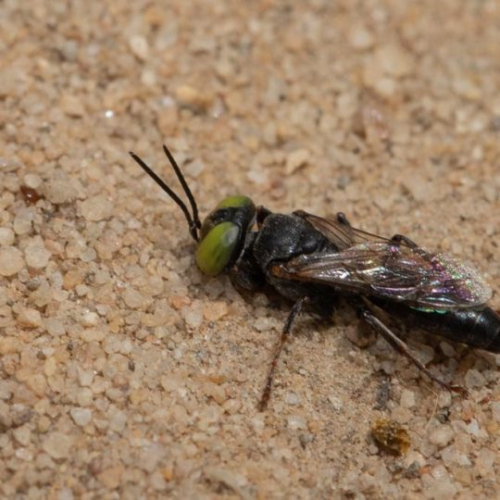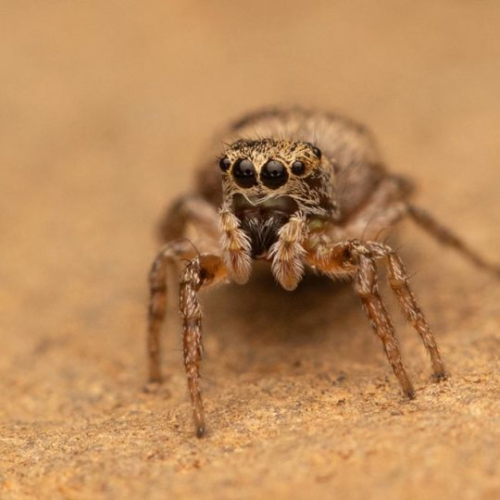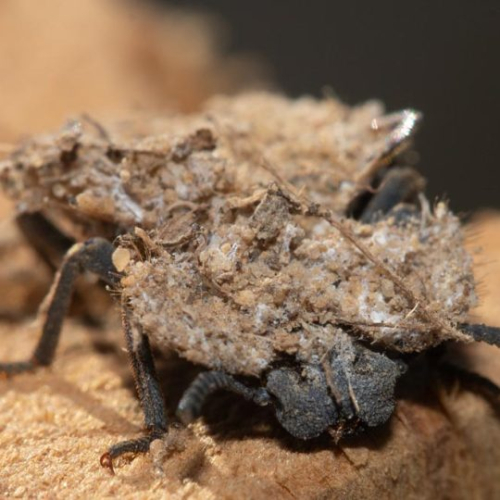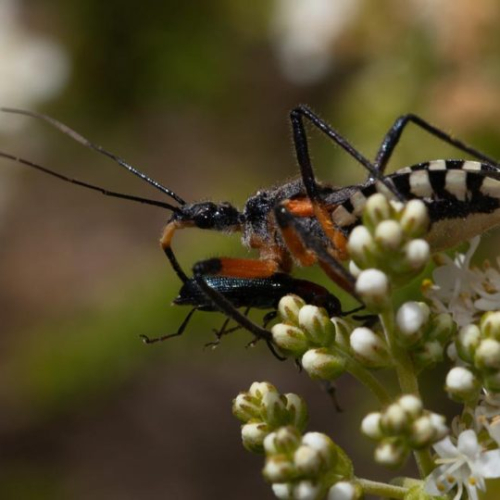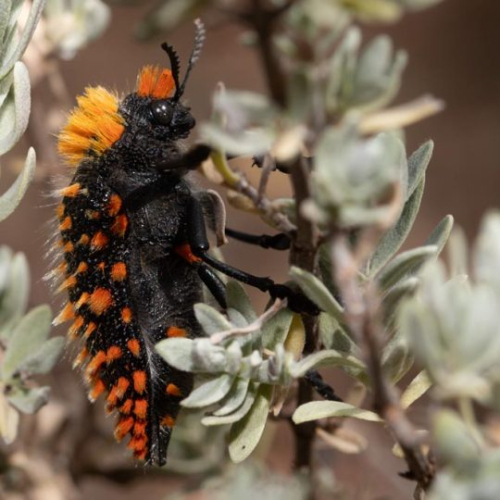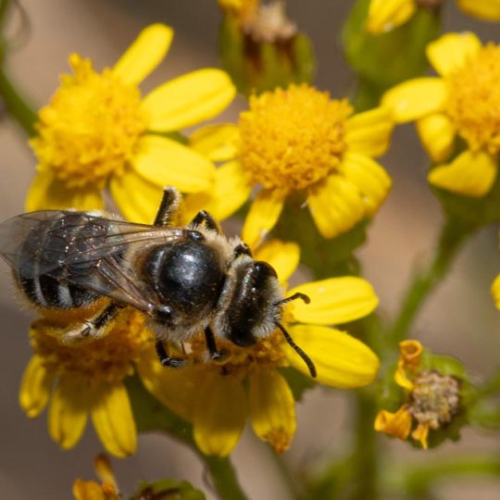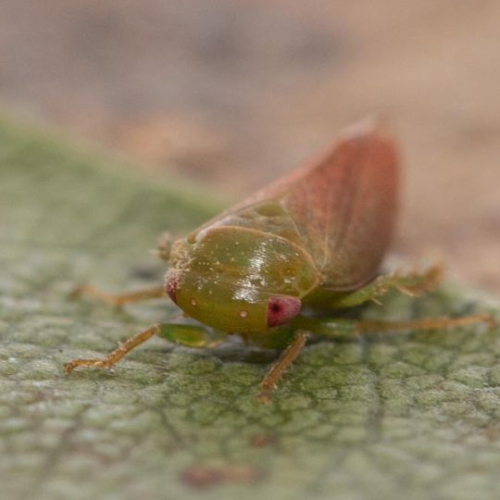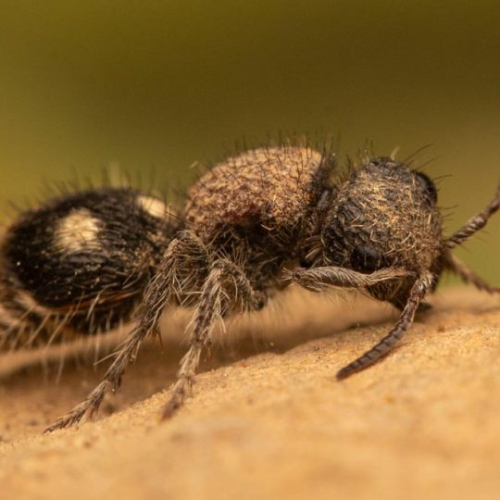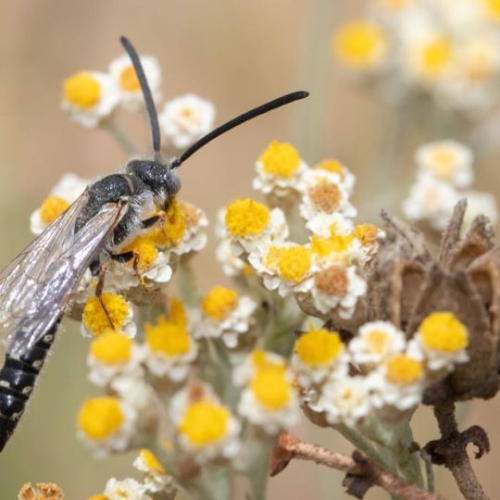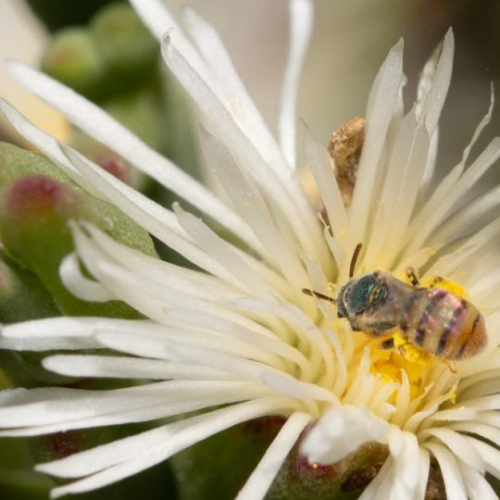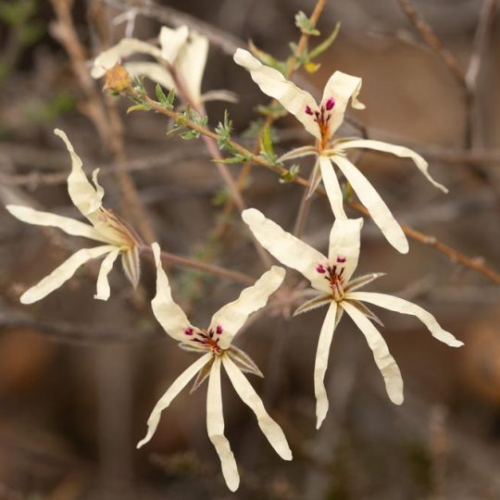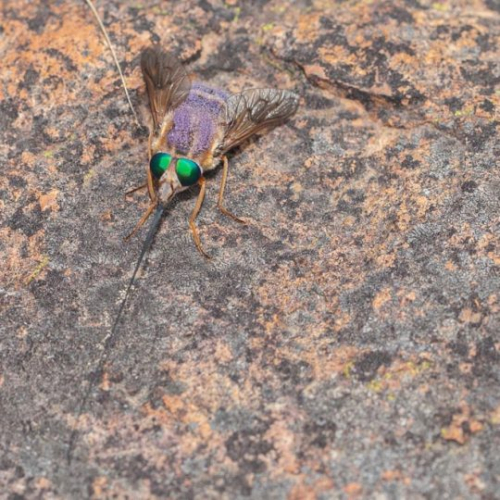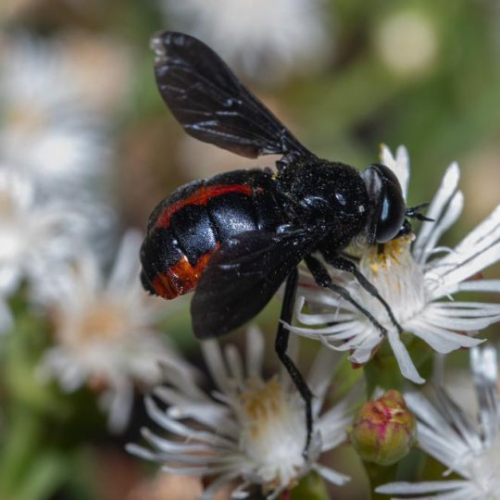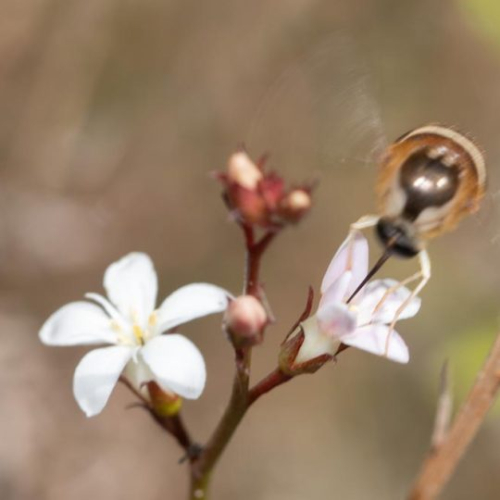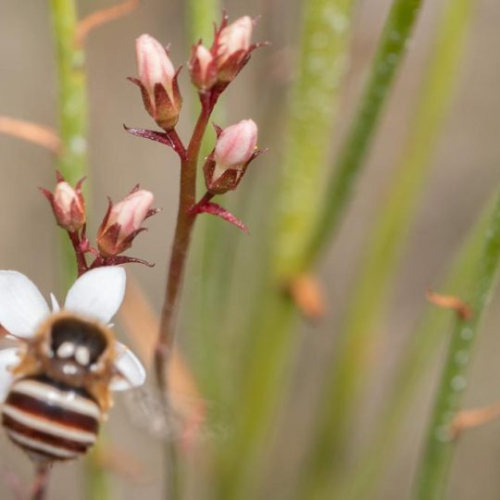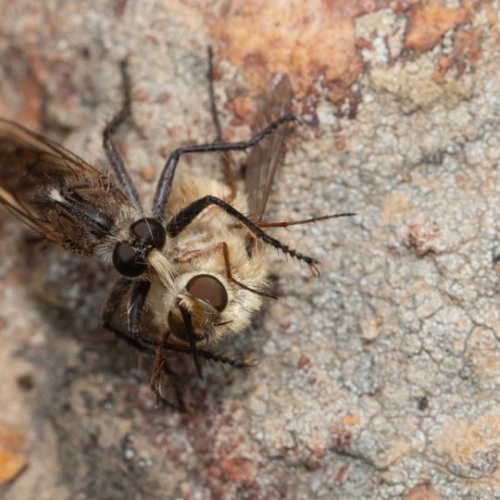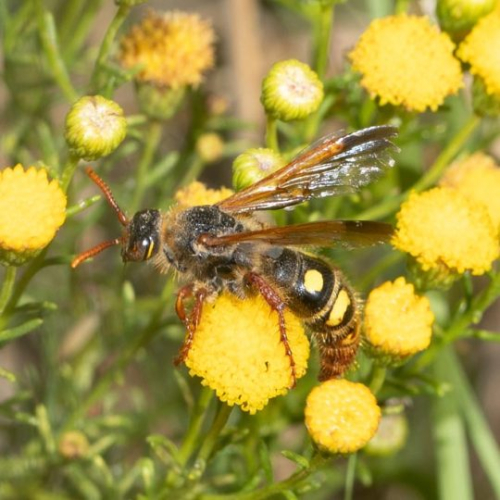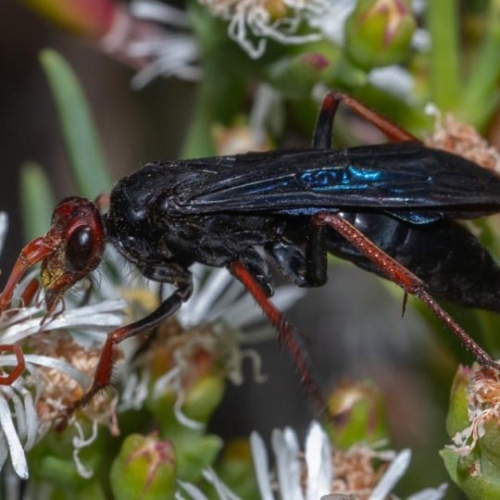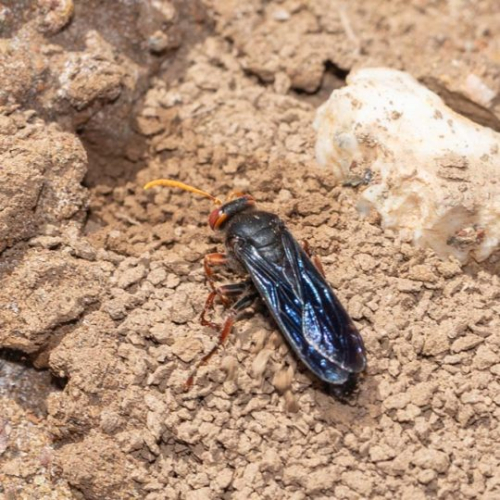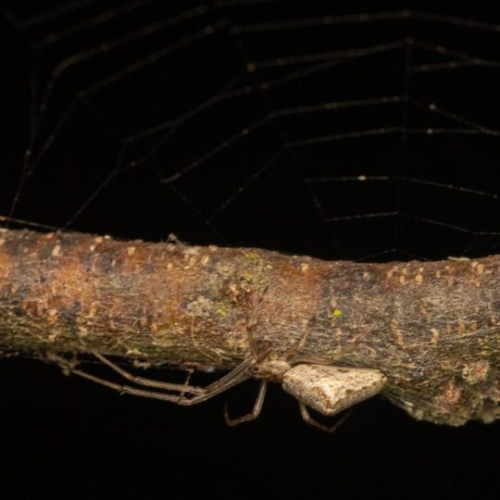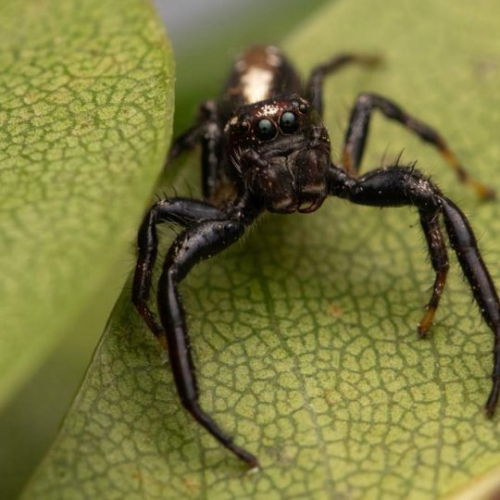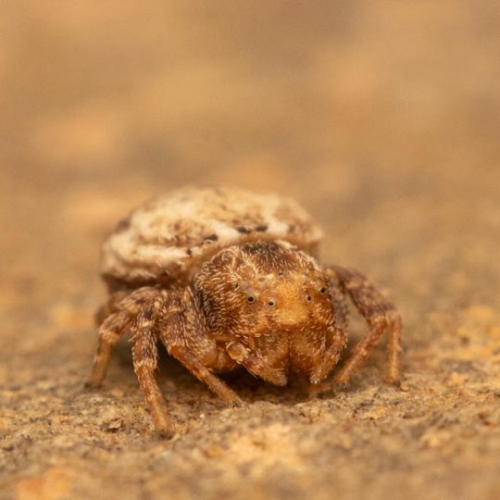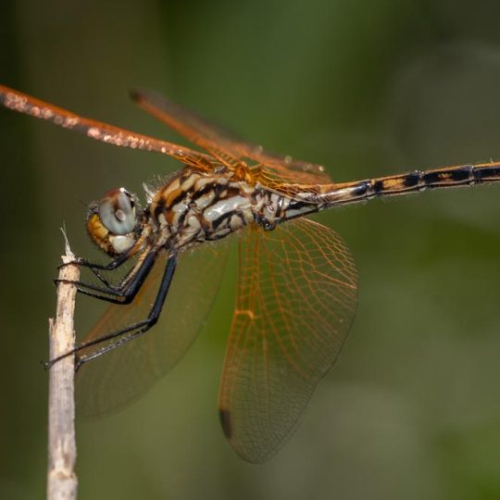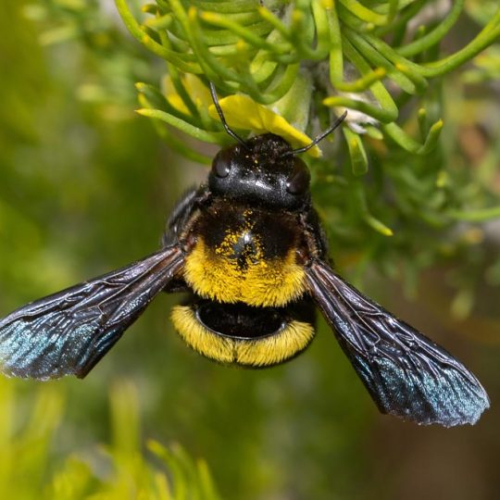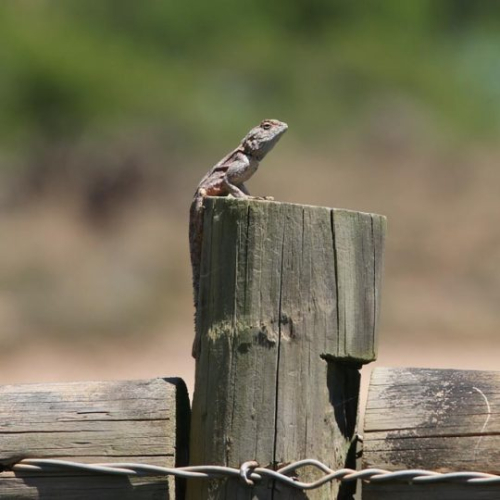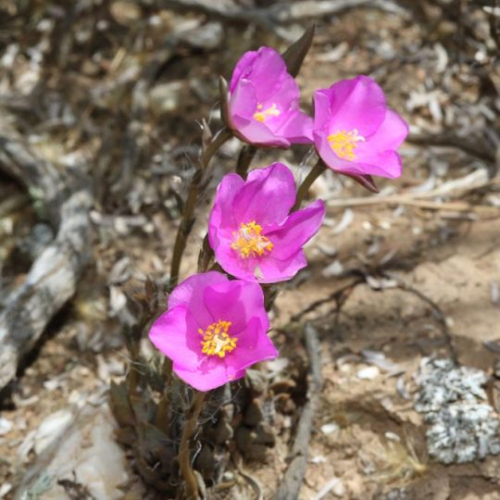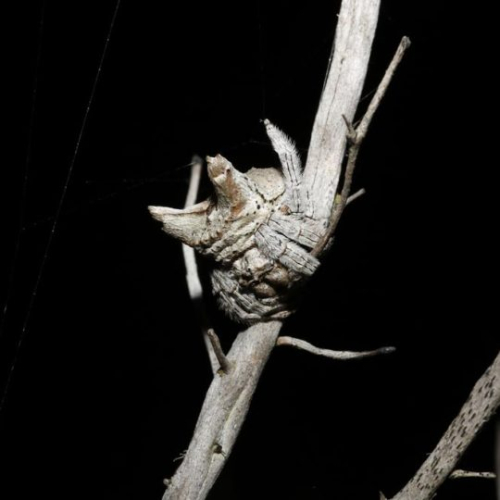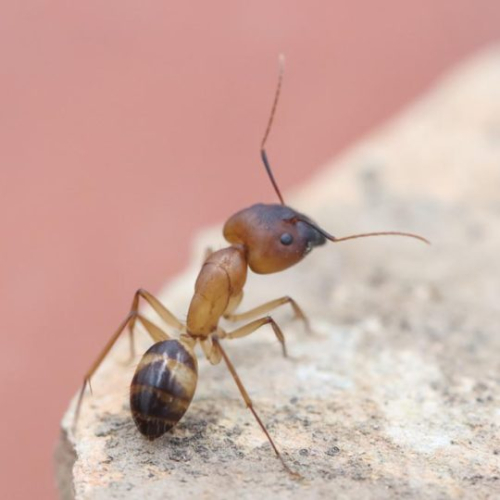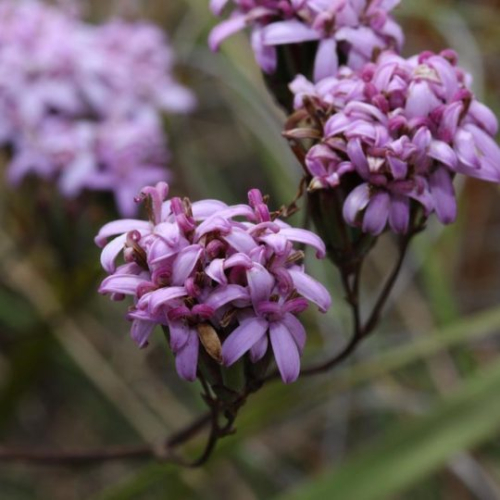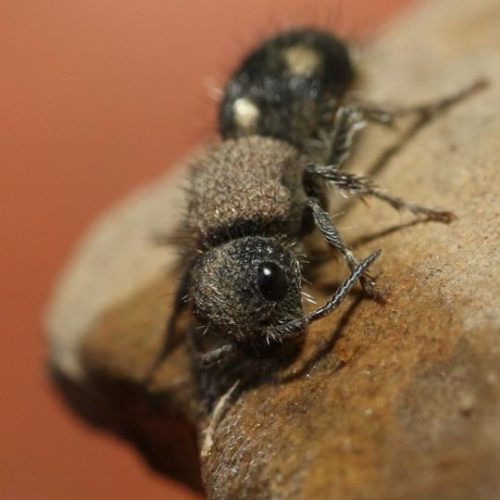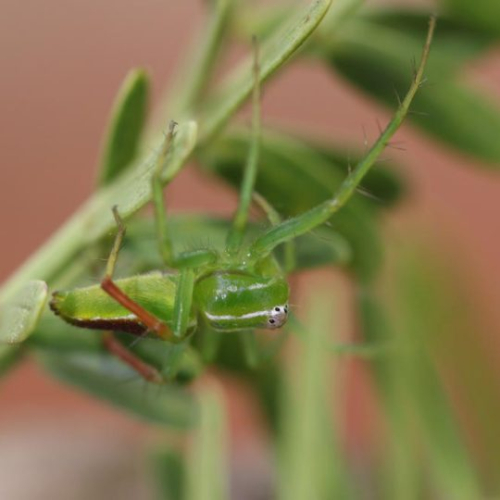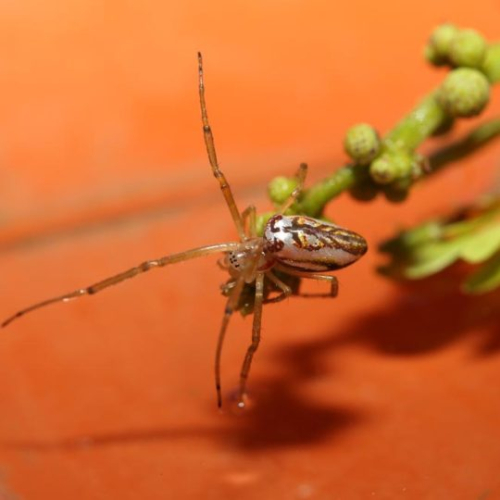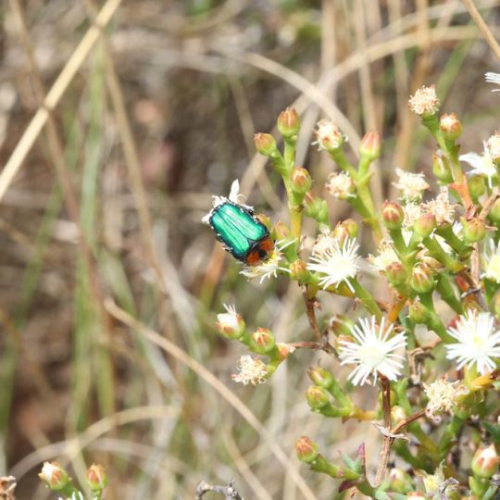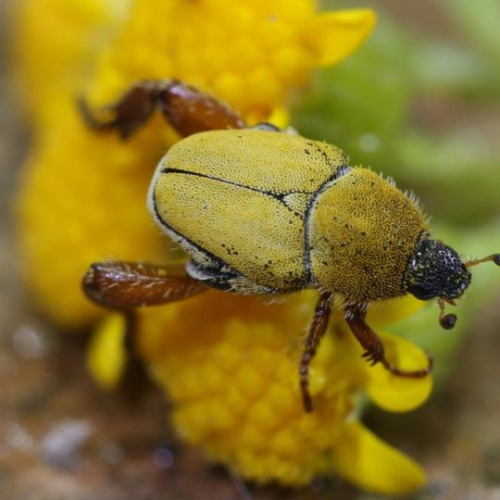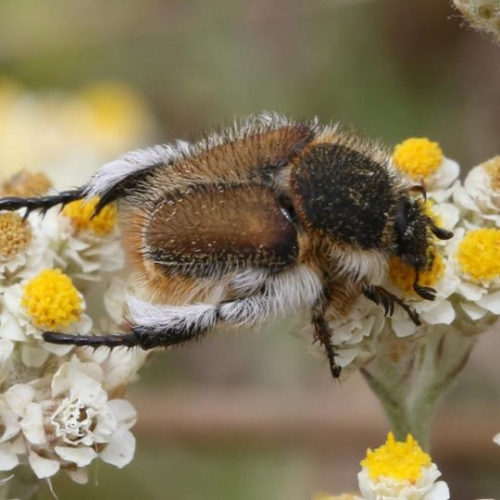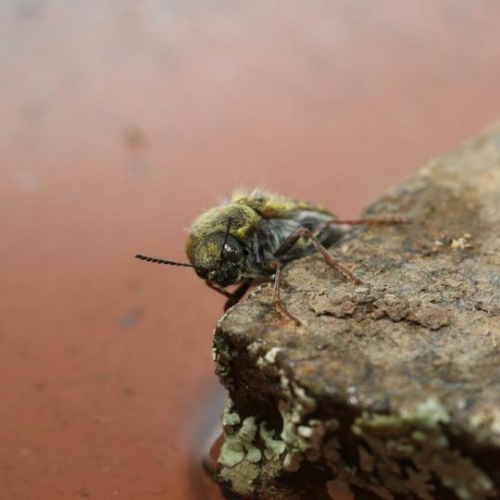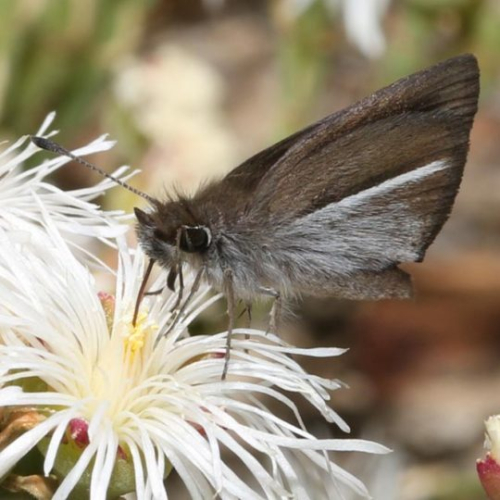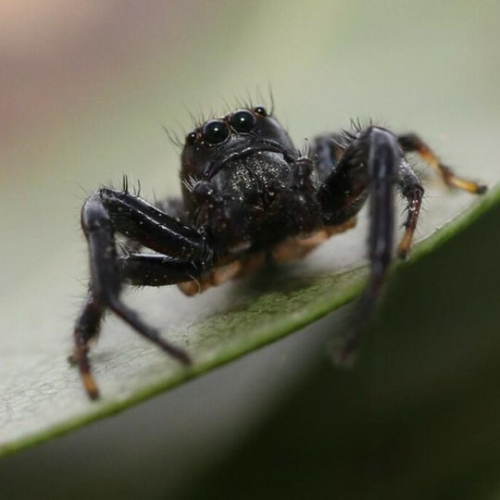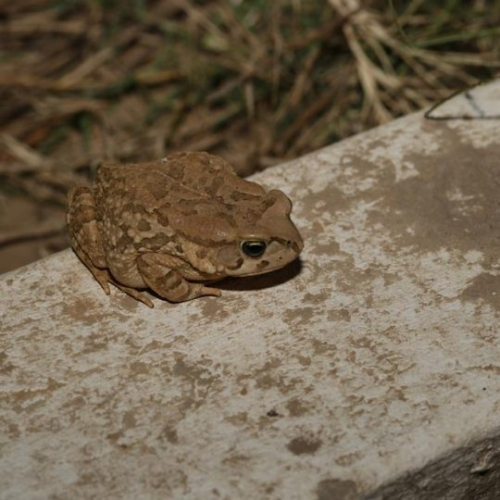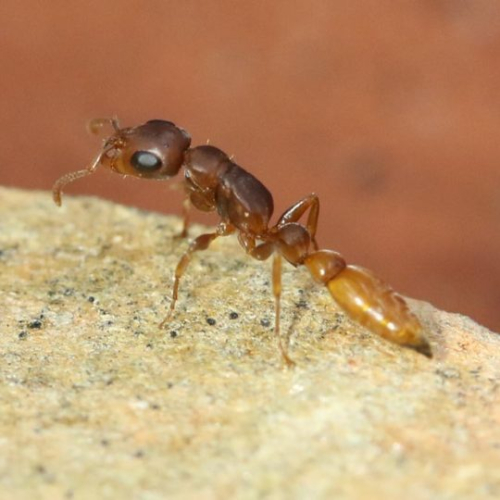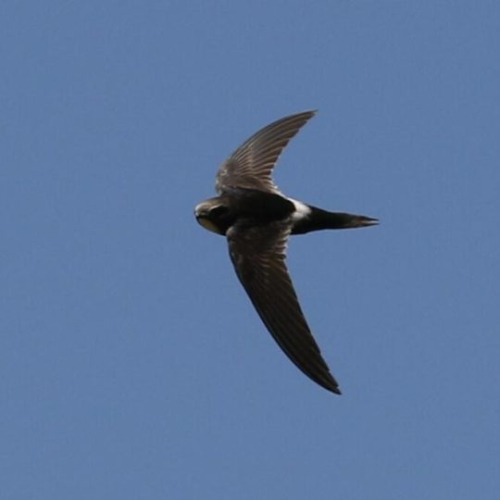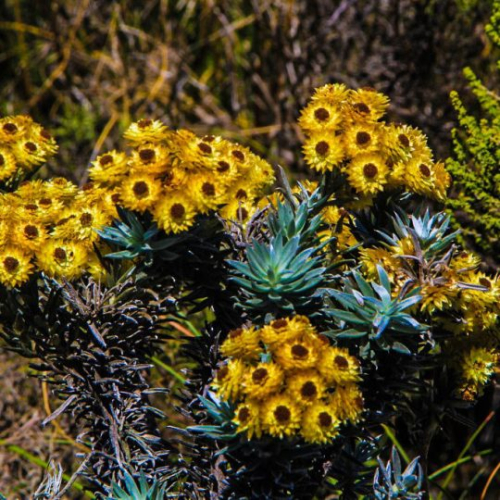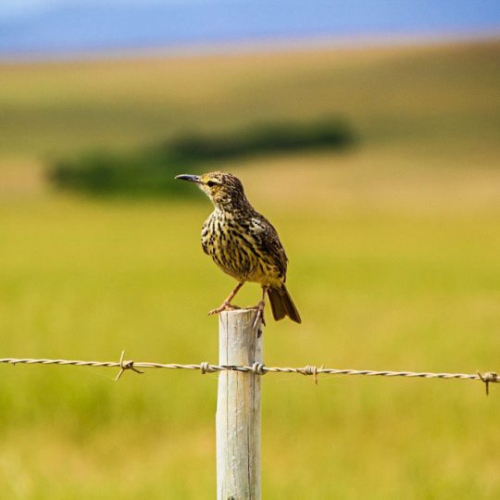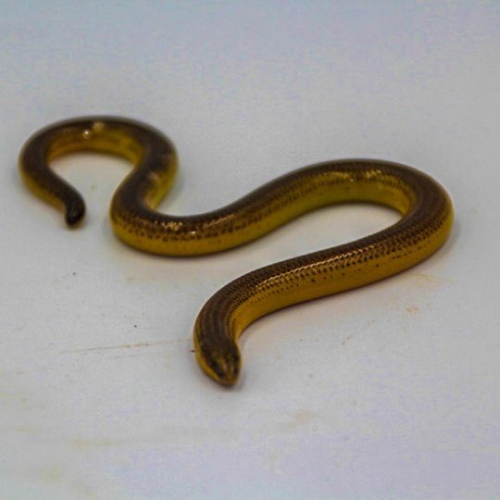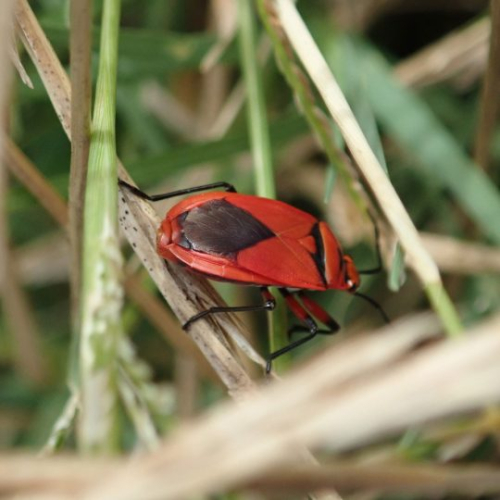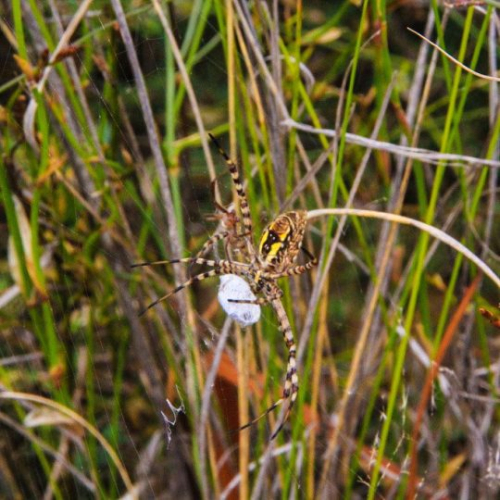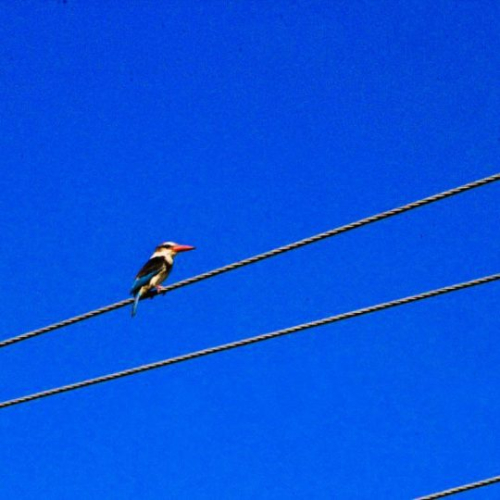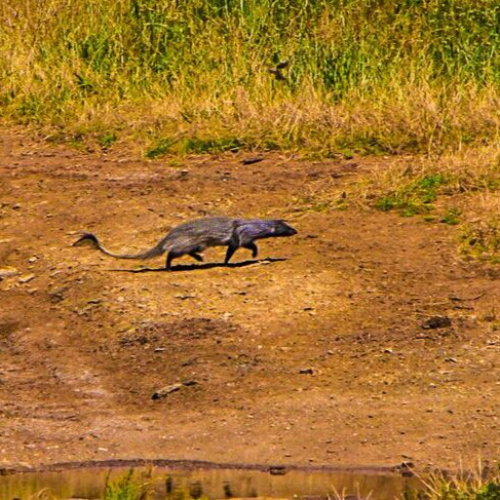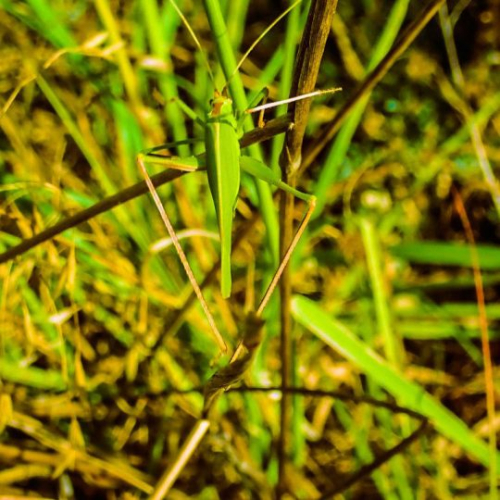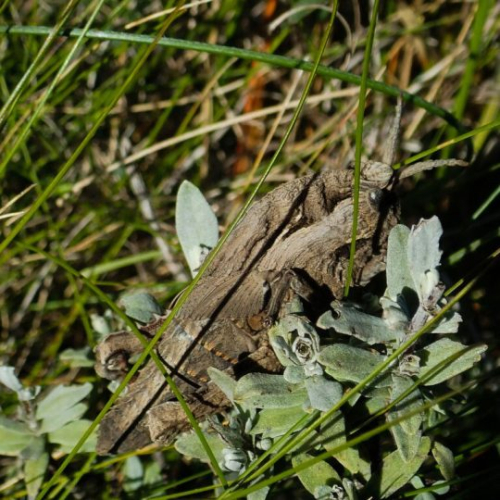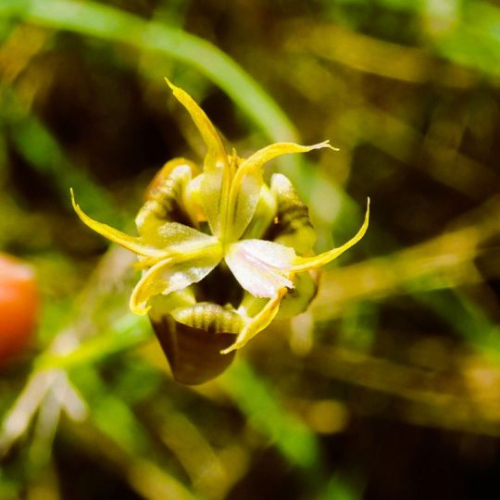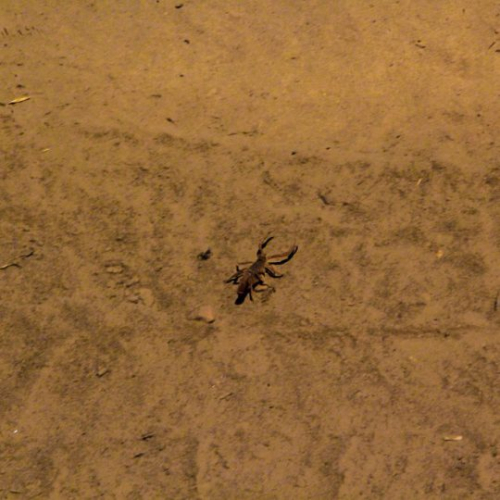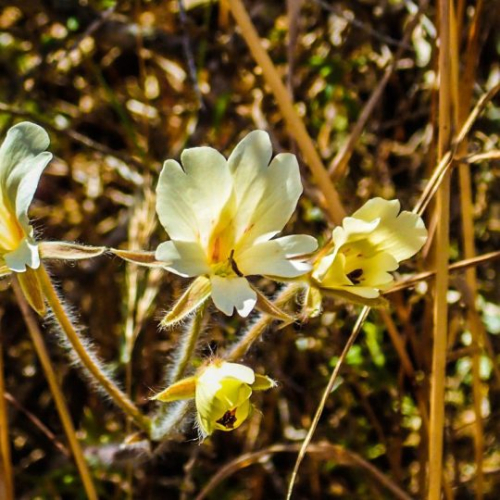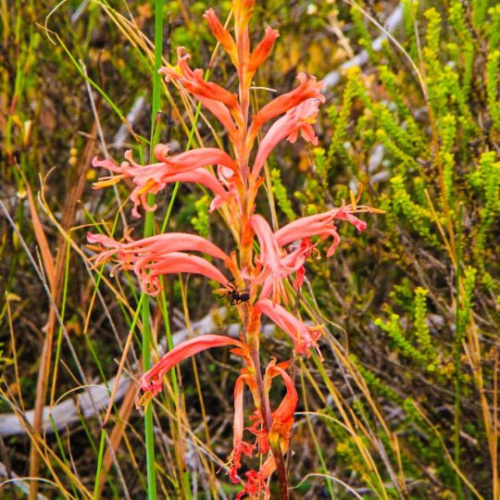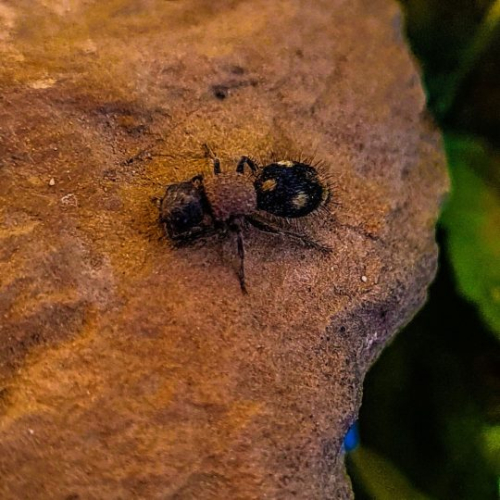If you need any proof of the diversity of wildlife you’ll find in renosterveld, look no further than the Great Southern Bioblitz 2023.
During this event, people across the Southern Hemisphere photograph and log all the species they see on the iNaturalist application in the space of four days in late November. Regions such as the Overberg, Overstrand, Cape Town and others in Australasia and South America then compete against each other, to see who can log the most observations and the most species identified on the app.
In the Overberg district, the Overberg Renosterveld Conservation Trust team once again joined this fun initiative – which also provides essential monitoring data which feeds into conservation initiatives and activities. And while the traditional renosterveld springtime had long since passed, the team still managed to log over 1600 observations with more than 600 species between them. This is 30% more species and 40% more observations than recorded for the GSB 2022 for our team. And in fact, the diversity of recorded species is considerably higher than this, but because so species, especially many invertebrates, can’t be identified beyond genus or family level, they are not counted on iNaturalist as separate species, but are rather consolidated into a genus or family level.
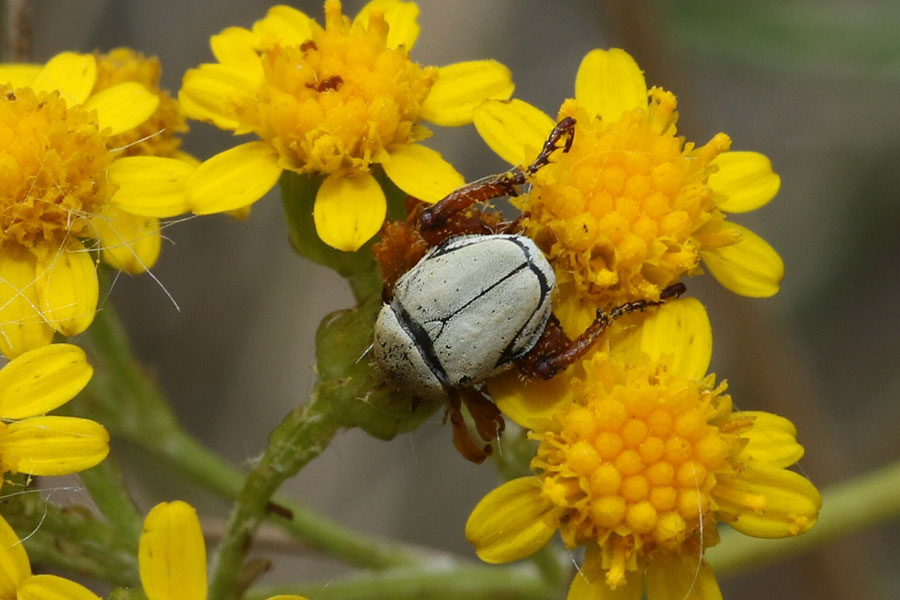
Surveys were undertaken mostly in Endangered Eastern Rûens Shale Renosterveld and Critically Endangered Rûens Silcrete Renosterveld on four properties. A late summer Bioblitz allowed us to record plants that flower early in summer and a surprising number of invertebrates. Although it’s hard to elevate any of the taxa above another, the insect life recorded was incredible, with more than 160 different species recorded and a staggering 17 butterfly species!
Here’s the breakdown
Odette Curtis-Scott
Observations: 751
Species: 360
Grant Forbes
Observations: 585
Species: 335
Nande Notyalwa
Observations: 300
Species: 169
The contribution from the ORCT, along with the many other hard-working participants in the Overberg, has to date helped push the Overberg district into the top five in terms of observations (more than 7 995) and species observed (more than 1 715), despite having five times fewer observers than Cape Town. The final tally of the GSB will only be revealed after 15 December 2023. The ORCT team provided most of the Overberg Rûens observations, contributing nearly 20% of the observations and about 35% of the species in the Overberg 2023 GSB project on iNaturalist. Although counts are not finalised yet, we also featured amongst the top 16 in Southern Africa (with over 1 500 observers) and the top 25 in the Southern Hemisphere (with over 7 000 observers)!

